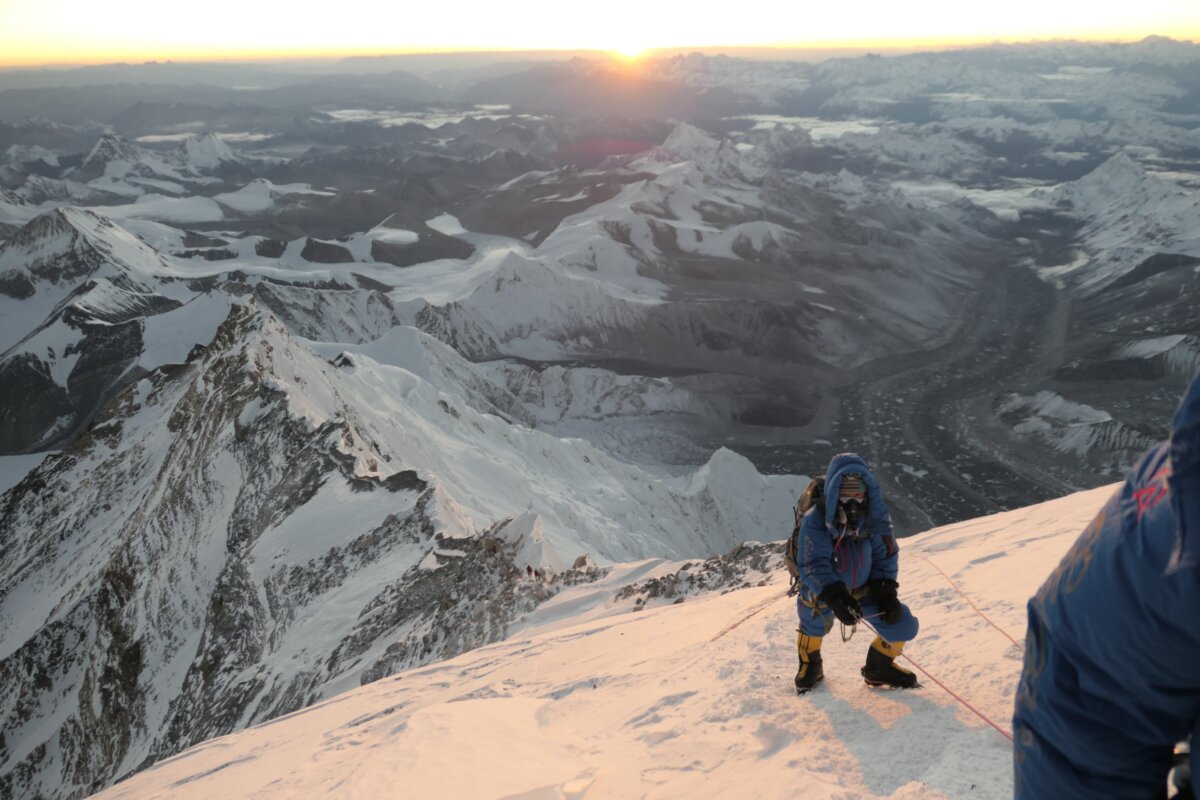Trash on Everest

Second only to safety, a main reason we guide from the North Side of Everest is because of trash.
When it comes to managing trash high on 8,000m peaks, it starts with a commitment to create no further waste, then a commitment to clean up after others. On all of our expeditions, we bring down all of the tents, trash, and waste from our high camps to be brought off of the mountain. This means having experienced, strong high-altitude workers to help carry down hundreds of pounds of equipment from the higher camps. Once it’s back in base camp, thousands of pounds of trash and human waste brought completely off of the mountain. This means not cutting corners and actually practicing leave no trace principles.
Increased Regulations Are Helping
The focus on managing waste has improved drastically over the last decade, on both the North and the South sides of Everest, but the advancements in waste management are far greater on the North Side. Today, as the benefits of climbing from the Chinese side become more clear (a safer climbing route and less crowding), China has increased regulations create a cleaner, more sustainable environment on the North Side of Everest.

The Difference is Enforcement and Fees
There are government officials in both Advanced Base Camp and Base Camp ensuring that waste is being managed in both camps. There are regulations around the removal of human waste, restrictions on the use of diesel generators for power, and fees that are paid by every operator on the mountain to help pay to keep the mountain clean. There are no regulations like this on the south side of Everest.
We are committed to doing our utmost to keep the mountains we climb on clean. We’re committed ethically and financially, and we only climb from the North Side of Everest so that we can climb from the cleaner side of the mountain.